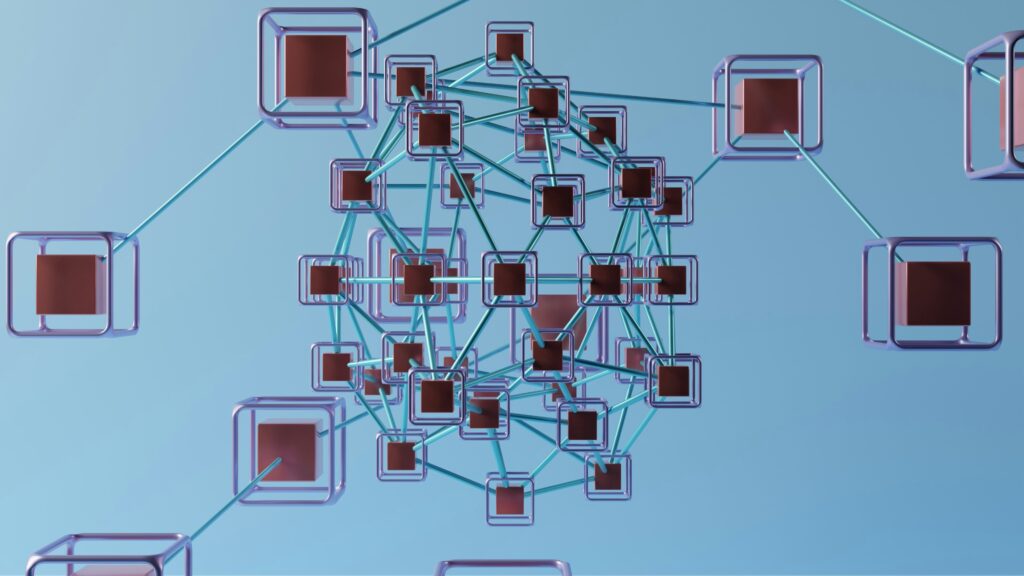Often, organizations considering shifting towards the Industrial Internet of Things (IIoT) worry about development costs and finding skilled cloud and UI/UX developers. Some even doubt the hype in what’s being called Industry 4.0 will ever match their own business reality. The truth, however, is that the business logic of Industry 1.0, 2.0, and 3.0 still apply to this new era of digital industry. The main issue, as it has always been, is this: are the benefits worth the risk of sinking capital?
The ABCs of IIoT
First, let’s address the extra I in the room. The IIoT refers to the growing number of internet-connected devices in industrial settings, where their processing power, sensing capabilities, and connectivity are being used to boost production, reduce costs and waste, and increase employee safety.
So far, the biggest uptake of IIoT is in the manufacturing and utility. This is hardly surprising since each of those sectors already use a great deal of automation and industrial electronics (just take a look at a modern factory), meaning the smart devices are interfacing with other monitoring and control devices. For example, smart power meters add real-time customer feedback on power usage, which is basically a much more rapidly updated data set that the power company itself gets every month from the meter read which determines the bill.
The transportation and logistics sectors represent perhaps the biggest opportunity for IIoT right now, as the converging needs of minimizing fleet fuel costs, meeting regulatory requirements concerning automatic logging of truck driver shifts, and economical freight tracking provide a compelling use case for small, inexpensive, internet-connected devices.
Speculate, then simulate
It’s one thing to discuss general benefits across an entire industry, another to assess the benefits of IIoT for your specific business. To help you do so, we’ve compiled a list of five specific questions your team will have to answer which will guide you in deciding whether investing in smart devices is the smartest move for your company.
1. Can my company use IIoT devices to turn its products into services? This is a common use case for IIoT. One option is to charge a subscription fee to unlock premium control and monitoring features for machinery, thus providing your customers an option to instantly upgrade so that your product’s capabilities can grow with the customer’s needs.
2. Would there be any added value to our existing products if we provide the data back to the customer? If the answer is “Yes”, then you can sell the data gathered by the customer’s own machine back to them by, that’s right, charging a subscription. Your customers can then use that sensor data to improve regulatory compliance, increase worker productivity and safety, and reduce machinery downtime. Continually providing this data back to the customer allows them to get maximum benefit out of their smart product, and also maintains an ongoing relationship.
3. How much unexpected downtime for our customers could we avoid with extensive monitoring? Proactive service is another popular use for IIoT. If there are operating parameters which can indicate malfunction in the near future, then monitoring them in real time can save your customers both losses and headaches.
If, on the other hand, your machinery tends to fail much more unexpectedly – for example from a direct lightning hit – then operation monitoring, and predictive analytics won’t help much.
4. What business outcomes are we trying to achieve? IIoT development, just like any other business project, must have a demonstrable ROI. Specific IIoT solutions are designed around some clear specifications which naturally flow from a stated problem that needs solving. Technology for technology’s sake in industry makes as much sense as a useless smart egg tray – sorry team egg minder, we got this.
5. Is there any way we explore one or even several IIoT approaches before we commit our limited resources to development? One risk-free way to help make the decision to take the IIoT plunge is to use an IoT simulator. Developed by Seebo, this simulator allows you to validate the whole IIoT concept before you allocate a dime of resources to development. You can use this simulator to build a model (a virtual prototype) of your IIoT idea and simulate how the smart device, app, cloud, and gateway interact with each other when you trigger an event.
This system-wide IIoT simulation allows you to feed the results of a simulation right back into changes in the model, so you can iteratively refine the model based on simulation runs. The simulator also includes built-in costing and connects to a marketplace of pre-screened IoT component vendors and software development companies, so you can go right from costing to bidding.
Each business faces unique opportunities as well as constraints, and therefore must decide for itself if IIoT is worth it. Ask questions, simulate the functionality and costs of your entire IoT system, and reach the investment stage with confidence.
- Why Going Green with Tech Doesn’t Need to Cost the Earth - September 18, 2020
- Under 13s Most Likely to Suffer a Phone Related Injury - August 22, 2020
- The Products You Need for a Business on the Move - June 16, 2020




Comments are closed.